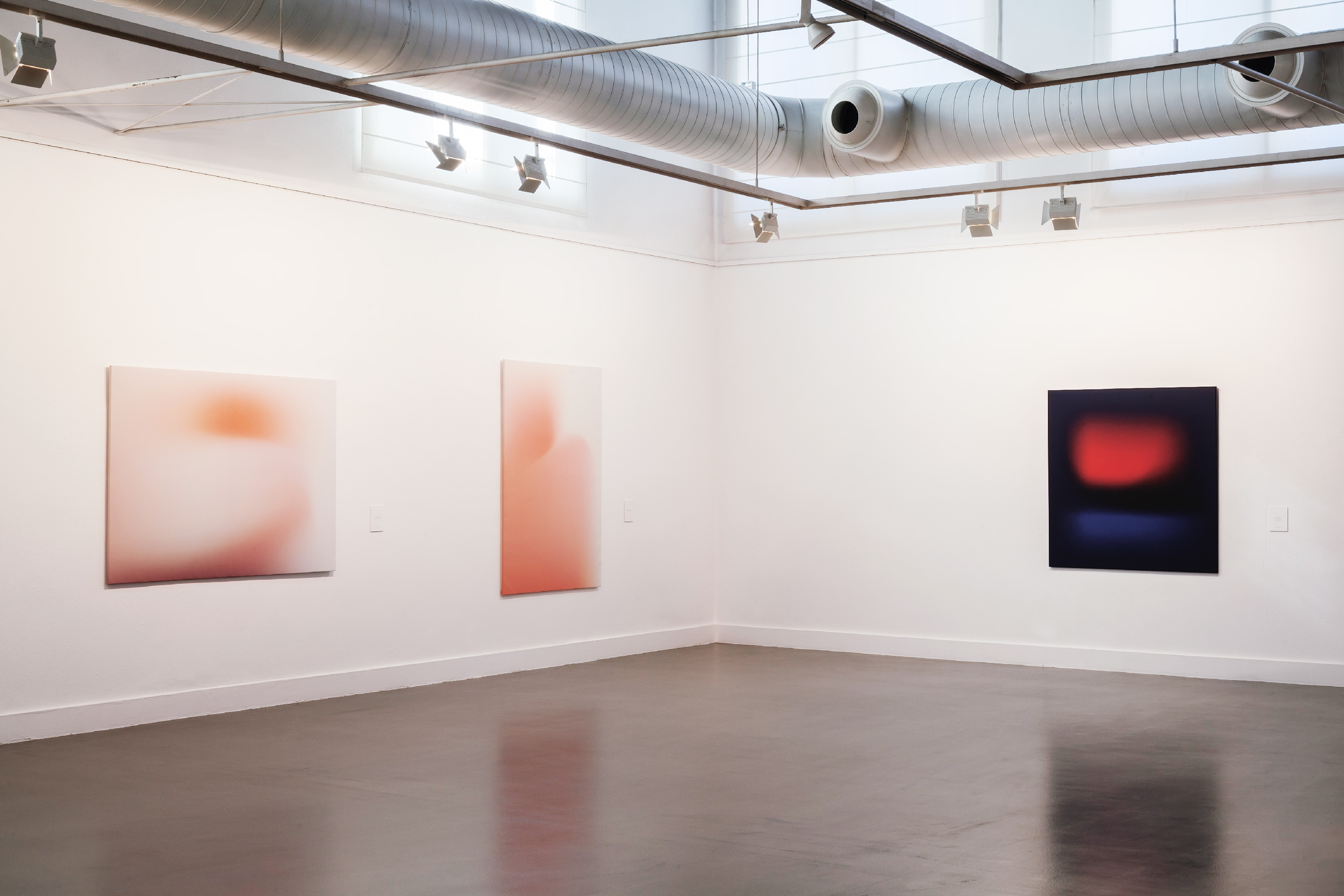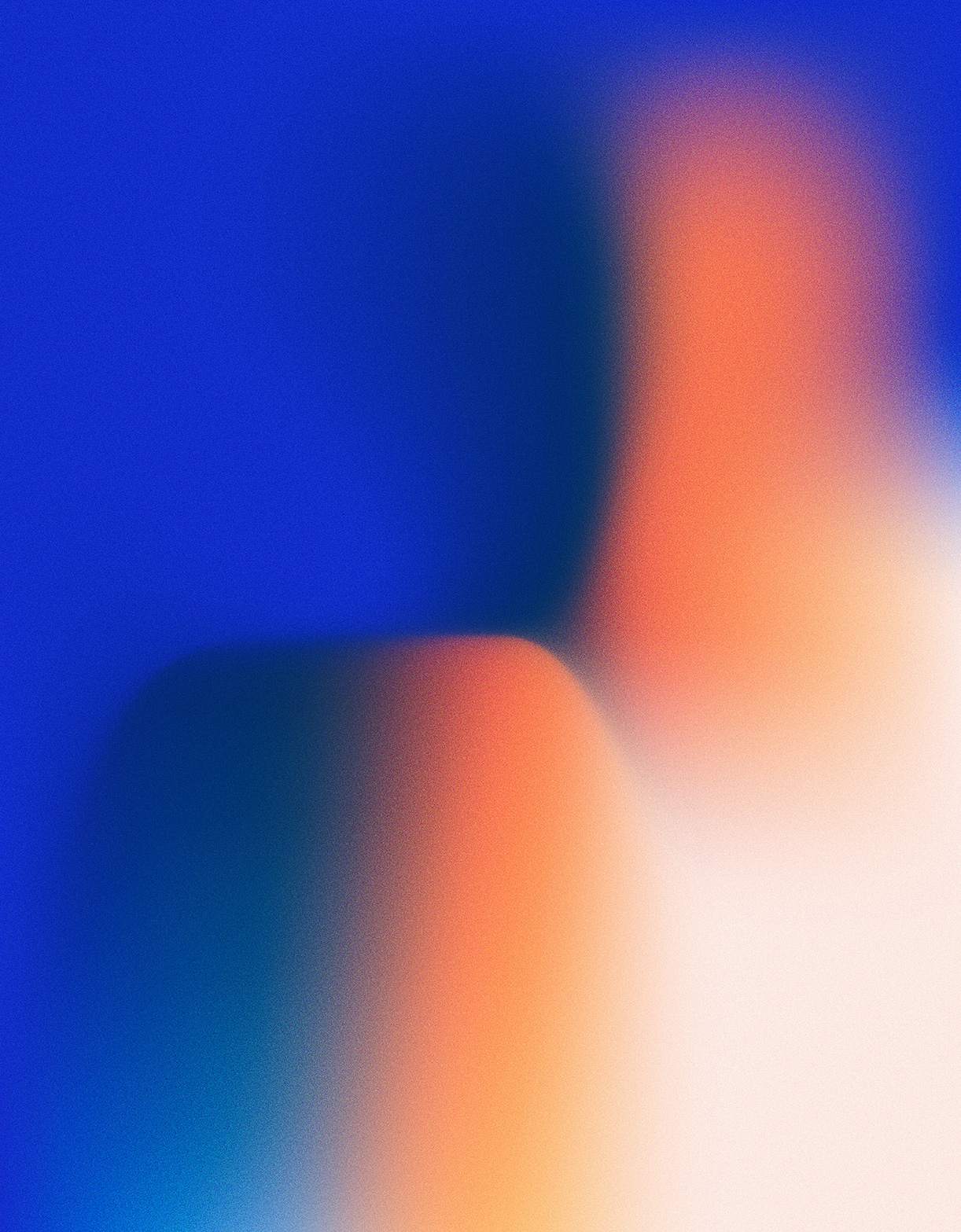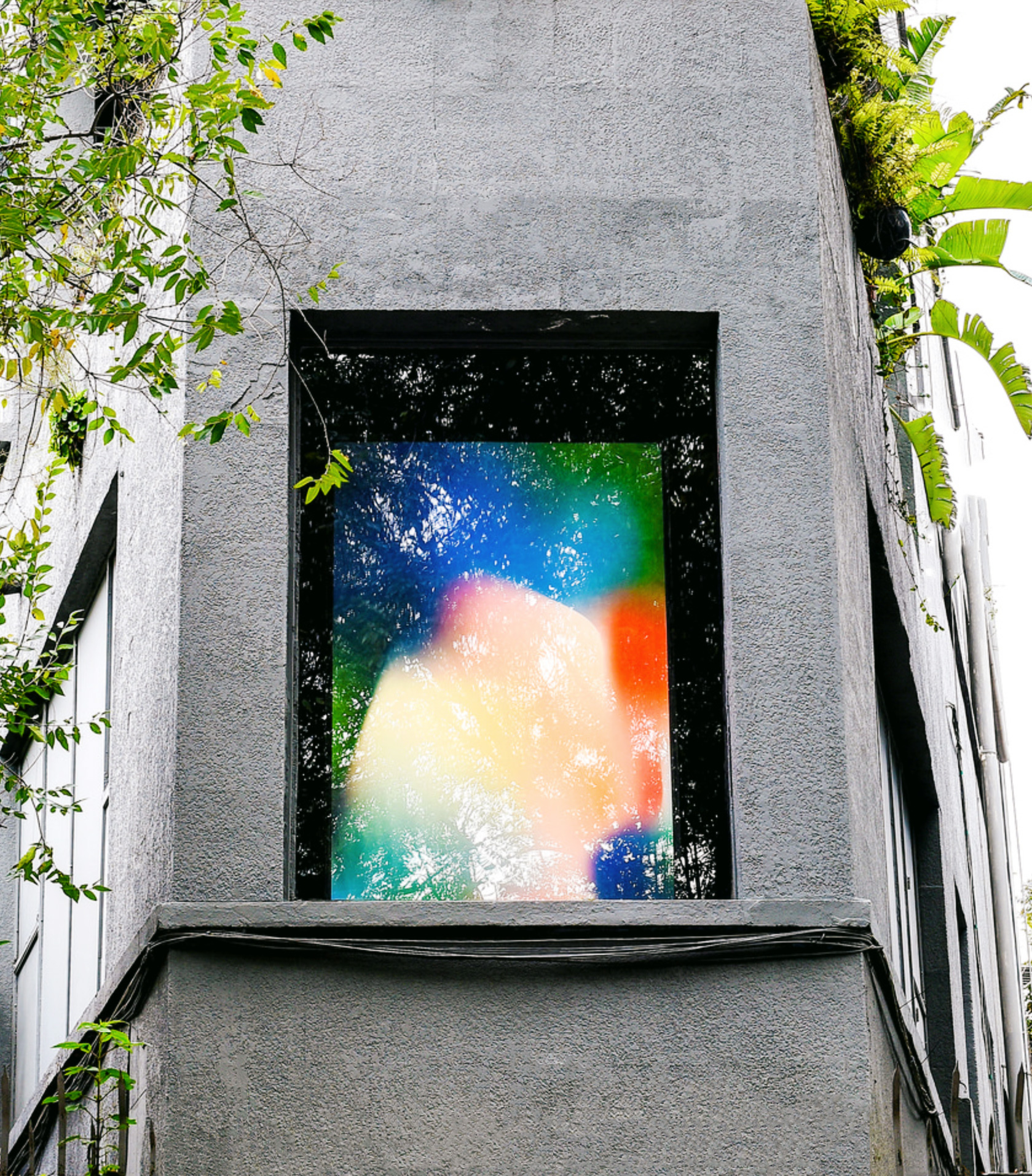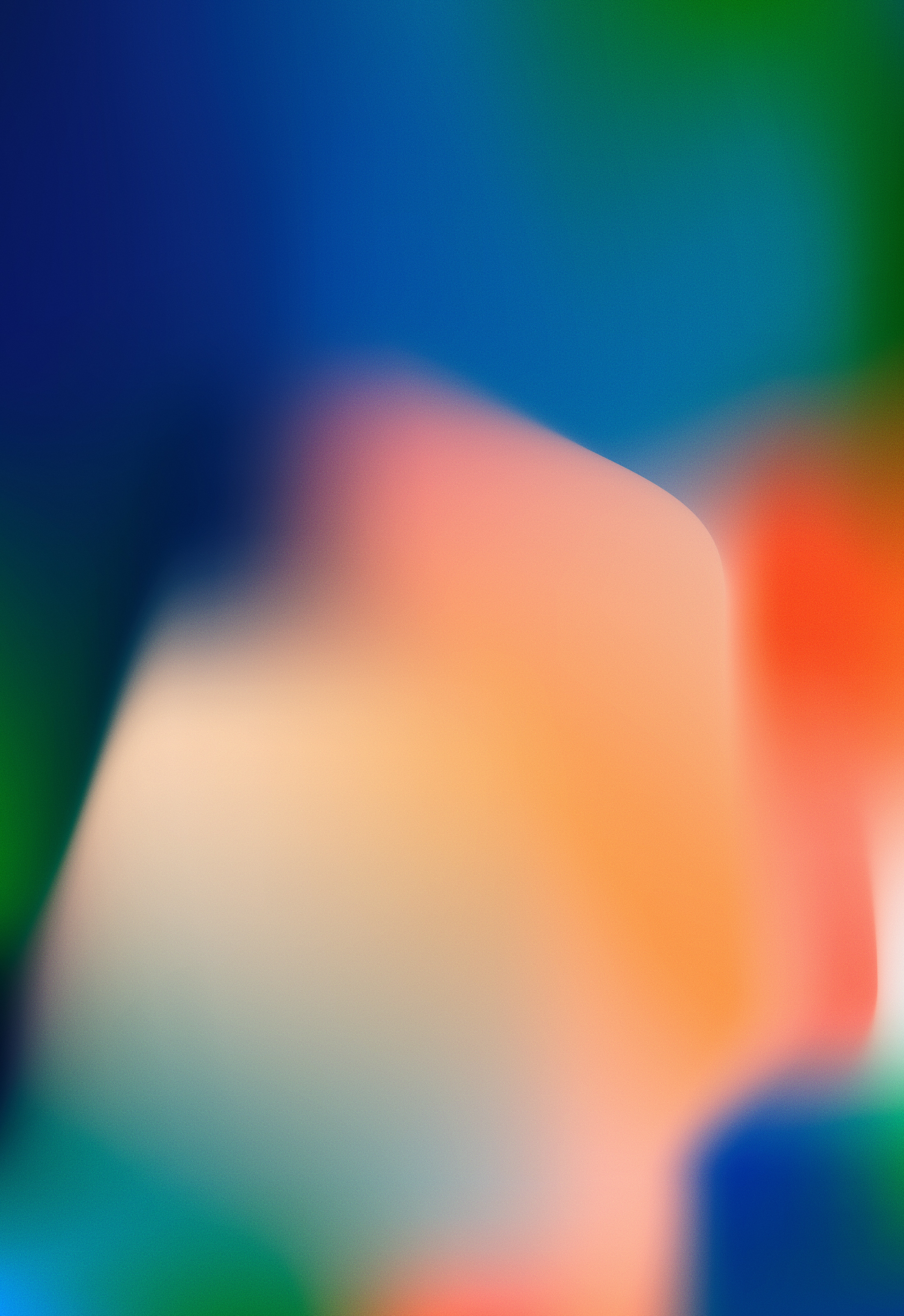Fields

FIELDS 26 : All Realities Co-Existing Everywhere Forever. 2018
Off-White
An essay by Enrique Giner de los Ríos, for the catalogue of the Fields exhibition at Sala Amós Salvador
Color is the mother tongue of the unconscious mind.
Carl Gustav Jung
Carl Gustav Jung
The sea is dark like wine, just like sheep and oxen, the sky is bronze colored , clouds are purple, and green are nightingales and honey (always according to The Iliad and The Odyssey). Homer, besides being witty, lived in a Greece with a limited palette of colors, at least as far as vocabulary is concerned. Empédocles, presocratic philosopher and great theorist of color, had established an order in which tonalities were divided into four large groups: white, black, red and yellow (and what derived therefrom). There was no blue in Ancient Greece.
William Gladstone, in the nineteenth century, was the first to notice the strange analogies Homer used to describe the color of things. Gladstone, in addition to being prime minister of Great Britain in four occasions, published an important book tittled Studies on Homer and the Homeric Age, where a careful study about the use of the color in the works of the Greek poet is made. In it, he concludes that the Greeks saw only in black and white, with small touches of red. They had not physically developed the ability to see colors. This cruel theory had some resonance in the Victorian period due to of the importance of the author and the affluence in his explanation. Fortunately, over time it was found that Homer was not color blind or his people suffered any kind of visual atrophy. They were able to see the same colors as us even if they named or related them to different things. The names of a color often described texture, temperature or light. Far from being conceived as a mere surface, color evoked sensations and was related to certain spirituality.
Other civilizations of the time also witnessed green dawns, horses with violet mane like rainbows or apples, silver lakes and other chromatic aberrations that I envy deeply. The scarcity of names was common among them, as was the logic with which they arose. This was declared by the German philosopher Lazarus Geiger, inspired by the work of Gladstone. The same tones are repeated in almost all cultures practically in the same order of appearance: first the black and white (light and dark), then the red (blood and easy to produce dyes), and finally yellow and green (the colors of vegetation). Thinking of blue was a luxury. The blue of the sky was thus conceived only by the Egyptians, who had a great mastery of color and chemistry, which led them to create a blue pigment considered the first synthetic dye in history.
When a color doesn’t have a name it doesn’t exist. The designation of a color and the perception we have of it are not necessarily linked, but having names helps us to define a spectrum. It also restricts us and subjects us to an imposed order, to a convention. Sensitive observation, poetry, altered states of consciousness, and Homer's comparisons may perhaps save us from this yoke. Freed us every so often from norms that uniform our perception, that mutilate the imagination of children who color blue clouds on *bond* white skies, timidly inverting the order to save paint and time.
The world is governed by great abstractions, we understand space in three dimensions thanks to Euclid. Once we learn to see space as a composition of two-dimensional planes generated by an infinite succession of lines created by points without any dimension, there is no turning back. It will be very difficult to interact with space intuitively ever again. Euclidean geometry helps us understand something that does not exist, while denying other perceptual realities. Sometimes conventions work as social norms, they help us interacting as individuals in society, but they prevent us from wearing white shoes in the autumn, running with scissors, disguising ourselves as an animal to go to the cinema on Monday, or eating a mango with our hands.
The chromatic spectrum has grown along with its names. In the 20th century we learned the unmistakable shimmering tones of Kodachrome, the famous film for slides created by Kodak in the 1930s; In the 60's Pantone was invented, the main color identification system that year after year tries to impose a new trend tonality with an absurd name. Four years ago we met the Vantablack, the blackest black, capable of absorbing up to 99.9% of the light, making any object painted with this pigment look like a dark hole in space; and we had never seen as many pink hues as in this decade, or so many old and new names fighting to be the ultimate tone (champagne pink, rose pink, salmon pink, COS pink…). Blue has long been the favorite color among the majorities and the amount of tonalities is overwhelming. Indigo is artificially produced in vast quantities, and is one of the most harmful water contaminants.
Ana Montiel's relationship with color oscillates between absolute erudition and primitivism, between the complex and the simple. The relationship is as childish as well-educated, with precepts of a man of science, of a witch, of make believe, or none of the above. Ana knows perfectly the principles of the subtractive and additive synthesis of color, recites from memory fashionable tones in the world and her changing selection of personal favorites, she dresses in different shades of black, creates her own pigments using ancestral techniques, grinding chalk or using new materials, a slightly different yellow than what you expected can ruin your day, know the ideal combination to print a deep black in CMYK, and most likely calibrate the screen of your computer. I would never discuss whether a photograph was taken at Kodachrome, Fujichrome or Ektachrome, and much less about the vagueness of a car's color. Biotechnology is one of the last obsessions of the artist, is waiting for a chlorophyll droplets that allow temporary night vision and what is necessary to become a tetrachromatic human, with four different types of cone cell in the retina making it able to distinguish, among other things, up to 10 tones in the rainbow.
Her perception of the chromatic spectrum is not restricted by names and conventions. Ana does not perceive color as a solid surface, she associates without any prejudices all the different tones and gradients to sensations or moments, to emotions, or to objects without a name. Layers of hues run through her canvases like white noise, emerging from the depths to disappear again, generating different narratives for each viewer. One can spend hours standing in front of one of her Fields, waiting for the cloud of color that created all that frenzy a few minutes ago to happen again, in the same way you wait at a large aquarium for the mother walrus and her babies to swim again in front of you while they greet you.
Ana's intuition about the use of color is influenced by the writings of Josef Albers, by psychology, by science and its advances, by Derek Jarman's essays, by esoteric readings, by what she hears on the street, by her obsession with synesthesia, altered states of consciousness, the aurora and the harsh midday light in her house in Tepoztlan. The sea and the sheep are dark like wine if she so wishes. And the sunsets are off-white.
Enrique Giner de los Rios
William Gladstone, in the nineteenth century, was the first to notice the strange analogies Homer used to describe the color of things. Gladstone, in addition to being prime minister of Great Britain in four occasions, published an important book tittled Studies on Homer and the Homeric Age, where a careful study about the use of the color in the works of the Greek poet is made. In it, he concludes that the Greeks saw only in black and white, with small touches of red. They had not physically developed the ability to see colors. This cruel theory had some resonance in the Victorian period due to of the importance of the author and the affluence in his explanation. Fortunately, over time it was found that Homer was not color blind or his people suffered any kind of visual atrophy. They were able to see the same colors as us even if they named or related them to different things. The names of a color often described texture, temperature or light. Far from being conceived as a mere surface, color evoked sensations and was related to certain spirituality.
Other civilizations of the time also witnessed green dawns, horses with violet mane like rainbows or apples, silver lakes and other chromatic aberrations that I envy deeply. The scarcity of names was common among them, as was the logic with which they arose. This was declared by the German philosopher Lazarus Geiger, inspired by the work of Gladstone. The same tones are repeated in almost all cultures practically in the same order of appearance: first the black and white (light and dark), then the red (blood and easy to produce dyes), and finally yellow and green (the colors of vegetation). Thinking of blue was a luxury. The blue of the sky was thus conceived only by the Egyptians, who had a great mastery of color and chemistry, which led them to create a blue pigment considered the first synthetic dye in history.
When a color doesn’t have a name it doesn’t exist. The designation of a color and the perception we have of it are not necessarily linked, but having names helps us to define a spectrum. It also restricts us and subjects us to an imposed order, to a convention. Sensitive observation, poetry, altered states of consciousness, and Homer's comparisons may perhaps save us from this yoke. Freed us every so often from norms that uniform our perception, that mutilate the imagination of children who color blue clouds on *bond* white skies, timidly inverting the order to save paint and time.
The world is governed by great abstractions, we understand space in three dimensions thanks to Euclid. Once we learn to see space as a composition of two-dimensional planes generated by an infinite succession of lines created by points without any dimension, there is no turning back. It will be very difficult to interact with space intuitively ever again. Euclidean geometry helps us understand something that does not exist, while denying other perceptual realities. Sometimes conventions work as social norms, they help us interacting as individuals in society, but they prevent us from wearing white shoes in the autumn, running with scissors, disguising ourselves as an animal to go to the cinema on Monday, or eating a mango with our hands.
The chromatic spectrum has grown along with its names. In the 20th century we learned the unmistakable shimmering tones of Kodachrome, the famous film for slides created by Kodak in the 1930s; In the 60's Pantone was invented, the main color identification system that year after year tries to impose a new trend tonality with an absurd name. Four years ago we met the Vantablack, the blackest black, capable of absorbing up to 99.9% of the light, making any object painted with this pigment look like a dark hole in space; and we had never seen as many pink hues as in this decade, or so many old and new names fighting to be the ultimate tone (champagne pink, rose pink, salmon pink, COS pink…). Blue has long been the favorite color among the majorities and the amount of tonalities is overwhelming. Indigo is artificially produced in vast quantities, and is one of the most harmful water contaminants.
Ana Montiel's relationship with color oscillates between absolute erudition and primitivism, between the complex and the simple. The relationship is as childish as well-educated, with precepts of a man of science, of a witch, of make believe, or none of the above. Ana knows perfectly the principles of the subtractive and additive synthesis of color, recites from memory fashionable tones in the world and her changing selection of personal favorites, she dresses in different shades of black, creates her own pigments using ancestral techniques, grinding chalk or using new materials, a slightly different yellow than what you expected can ruin your day, know the ideal combination to print a deep black in CMYK, and most likely calibrate the screen of your computer. I would never discuss whether a photograph was taken at Kodachrome, Fujichrome or Ektachrome, and much less about the vagueness of a car's color. Biotechnology is one of the last obsessions of the artist, is waiting for a chlorophyll droplets that allow temporary night vision and what is necessary to become a tetrachromatic human, with four different types of cone cell in the retina making it able to distinguish, among other things, up to 10 tones in the rainbow.
Her perception of the chromatic spectrum is not restricted by names and conventions. Ana does not perceive color as a solid surface, she associates without any prejudices all the different tones and gradients to sensations or moments, to emotions, or to objects without a name. Layers of hues run through her canvases like white noise, emerging from the depths to disappear again, generating different narratives for each viewer. One can spend hours standing in front of one of her Fields, waiting for the cloud of color that created all that frenzy a few minutes ago to happen again, in the same way you wait at a large aquarium for the mother walrus and her babies to swim again in front of you while they greet you.
Ana's intuition about the use of color is influenced by the writings of Josef Albers, by psychology, by science and its advances, by Derek Jarman's essays, by esoteric readings, by what she hears on the street, by her obsession with synesthesia, altered states of consciousness, the aurora and the harsh midday light in her house in Tepoztlan. The sea and the sheep are dark like wine if she so wishes. And the sunsets are off-white.
Enrique Giner de los Rios

FIELDS 42 : Altered States of Openness. 2017

FIELDS 61 : Presence is Expansion. 2018

FIELDS 36 : Future Echoes. 2017


FIELDS 37 : El triunfo de la luz. 2017

FIELDS 51 : Inner Atlas. 2018

FIELDS 15 : Fragments of a Non-Existent Past. 2018

FIELDS 43 : Uncharted Territories. 2018

FIELDS 5 : Opening of the Senses. 2018
A Tribute to the Non-Material
Richard Feynman (Nobel Prize in Physics, 1965) believed that it is far more interesting to live while admitting that we do not know than to live believing we have answers that may be incorrect. He spoke of having approximate answers, possible beliefs, and varying degrees of uncertainty about many things, while remaining fully certain of almost nothing. He was unafraid of not knowing, of feeling lost in a mysterious universe whose purpose remained unclear. One could say he was comfortable with uncertainty. While I may not be as at ease with the universe’s perplexity as Feynman was, I find the idea of the unknown profoundly stimulating. To dream of colors I have never encountered, to learn across a multitude of disciplines, or to translate impressions that flirt with the ineffable into artwork; everything becomes an excuse to learn, to experience, and to search for meaning.
THE TYRANNY OF THE SENSES
Why does something gain more credibility when we see or touch it than when we feel it? Whenever we perceive, we are not merely receiving information—we are actively creating it, influencing outcomes through our cognitive processes. Would this dissonance lessen if we expanded our understanding of the senses, allowing room for feeling or intuition alongside sight, sound, and touch for example?
Fields is a tribute to the intangible. A personal refuge from the tyranny of illusion in the material world. It is akin to reaching out toward something, or someone, you may never fully know. Fields is an exercise in faith, disguised as a chromatic adventure.
UNCERTAINTY AS KEY
I believe that learning to be comfortable with uncertainty may be one of the most powerful gifts we can offer ourselves as a species. Rather than constantly classifying and quantifying ideas or situations, we might learn to live among them with respect and curiosity. Seeking understanding whenever possible, while remaining at peace with all that seems unfamiliar or not yet understood.
Carl Sagan once said that we give meaning to our world through the courage of the questions we ask and the depth of the answers we pursue. I feel that questioning our structures, and refusing to take them for granted, is imperative to our continued existence. This means entering into dialogue with uncertainty itself — attempting to transcend the canons of what we currently define as reality, embracing the unknown, and, ultimately, becoming porous to it.
Ana Montiel, 2018


Fields exhibition at Sala Amós Salvador ( 2018, Spain )
Besides experimenting with altered states of consciousness Ana Montiel’s procedures involve, as basic tools, questions that arise from different subjects such as: metaphysics, phenomenology, the philosophies found in the Hindu Upanishads, or the buddhist doctrine of impermanence.
Human perception, its particularities, and the subjective burden associated with it is one of Ana’s most recurrent themes. In the scope of her own research, for Ana Montiel the act of perceiving, at the neuronal level, always implies creating. An act of pure creation where the artist considers that the senses, being the receptors that allow us to perceive the environment, "invent" knowledge from external parameters. With all this in mind, she deduces that colors as such do not exist, since we can conceptualize them simply as energetic vibrations that our brain translates into tonalities: something that the artist considers absolutely magical and that gives rise to an extensive reflection on the subject whose pictorial representation culminates in her ‘Fields’ series, whose non-restrictive approach aims to expand her own consciousness and that of the viewer.
Susana Baldor, curator of the exhibitionHuman perception, its particularities, and the subjective burden associated with it is one of Ana’s most recurrent themes. In the scope of her own research, for Ana Montiel the act of perceiving, at the neuronal level, always implies creating. An act of pure creation where the artist considers that the senses, being the receptors that allow us to perceive the environment, "invent" knowledge from external parameters. With all this in mind, she deduces that colors as such do not exist, since we can conceptualize them simply as energetic vibrations that our brain translates into tonalities: something that the artist considers absolutely magical and that gives rise to an extensive reflection on the subject whose pictorial representation culminates in her ‘Fields’ series, whose non-restrictive approach aims to expand her own consciousness and that of the viewer.

FIELDS 21 : Infinite Depths. 2017

FIELDS 9 : Tactile Irreality. 2017

FIELDS 38 : The Quality of Light, Inverted. 2017


FIELDS 1 : Dissolution of Ideas. 2017

FIELDS 2 : Into the Mist. 2017

FIELDS 11 : Creation as Perception. 2017

FIELDS 19 : Perception as Creation. 2017

FIELDS 52 : An Ocean of Unanswerable Questions. 2018

FIELDS 59 : Between Knowing and Not Knowing. 2018

FIELDS 19 : Feeling as Seeing. 2017

FIELDS 24 : The Unfamiliar becoming Intimate. 2017
Fields: Inner Monuments
at Aparador Cuchilla (Mexico City) on 2017




